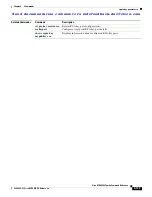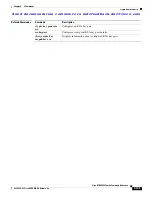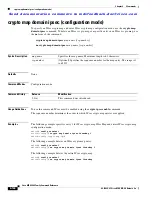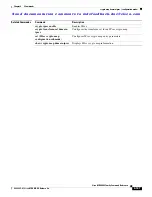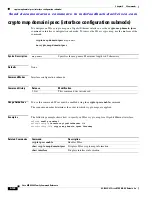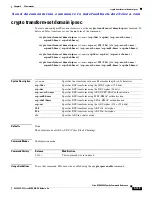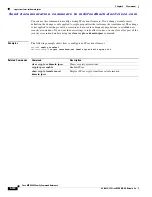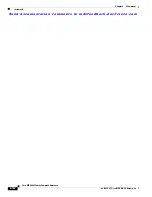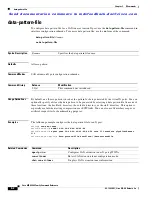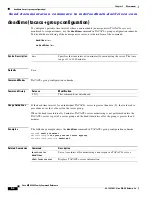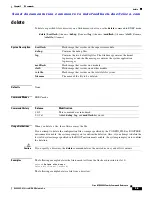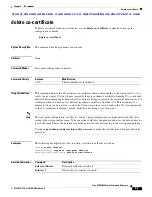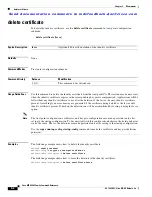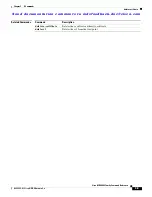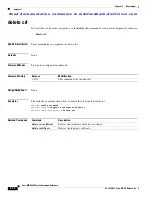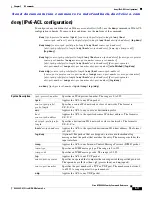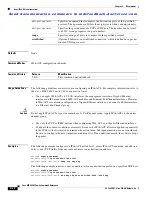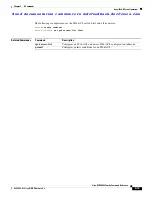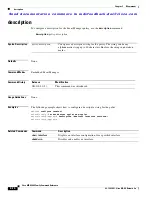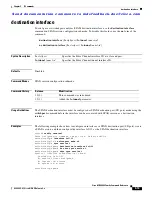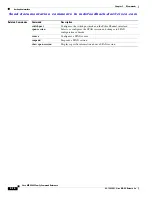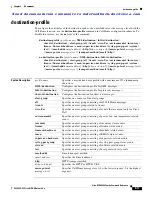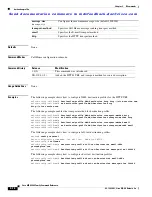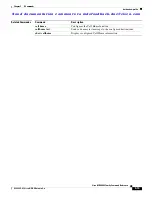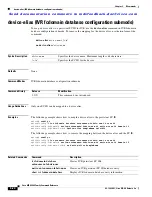
S e n d d o c u m e n t a t i o n c o m m e n t s t o m d s f e e d b a c k - d o c @ c i s c o . c o m
5-5
Cisco MDS 9000 Family Command Reference
OL-18089-01, Cisco NX-OS Release 4.x
Chapter 5 D Commands
delete
delete
To delete a specified file or directory on a flash memory device, use the
delete
command in EXEC mode.
delete
{
bootflash:
filename
|
debug:
filename
|
log:
filename
|
modflash:
filename
|
slot0:
filename
|
volatile:
filename
}
Syntax Description
Defaults
None.
Command Modes
EXEC mode.
Command History
Usage Guidelines
When you delete a file, the software erases the file.
If you attempt to delete the configuration file or image specified by the CONFIG_FILE or BOOTLDR
environment variable, the system prompts you to confirm the deletion. Also, if you attempt to delete the
last valid system image specified in the BOOT environment variable, the system prompts you to confirm
the deletion.
Caution
If you specify a directory, the
delete
command deletes the entire directory and all its contents.
Examples
The following example deletes the file named test from the flash card inserted in slot 0:
switch#
delete slot0:test
Delete slot0:test? [confirm]
The following example deletes a file from a directory:
bootflash:
Flash image that resides on the supervisor module.
debug:
Contains the debug files.
log:
Contains the two default logfiles. The file dmesg contains the kernel
log-messages and the file messages contains the system application
log-messages.
modflash:
Flash image that resides on a module.
slot0:
Flash image that resides on another module.
volatile:
Flash image that resides on the volatile file system.
filename
The name of the file to be deleted.
Release
Modification
1.0(2
This command was introduced.
2.1(1a)
Added
debug
,
log
, and
modflash
keywords.

